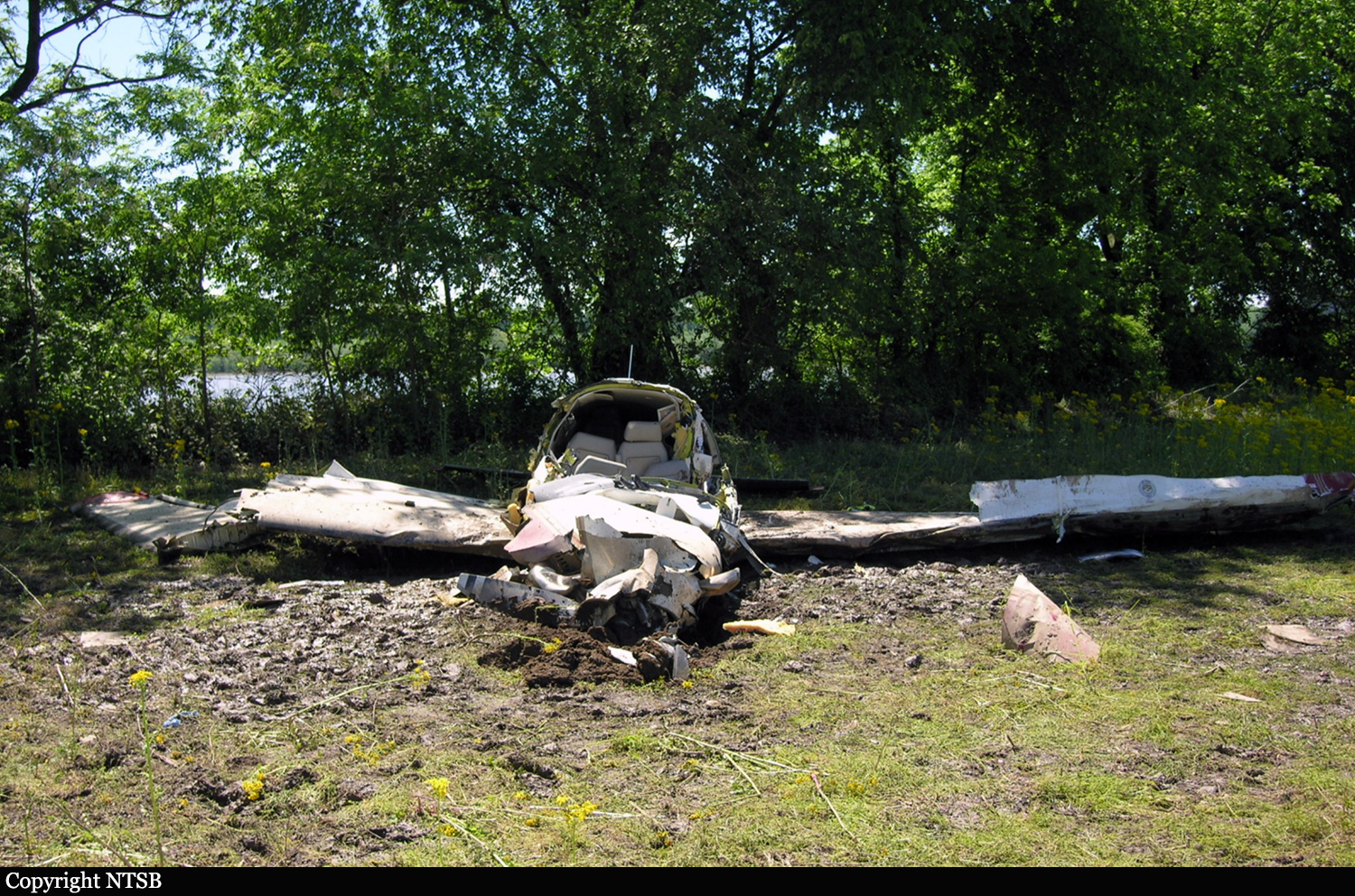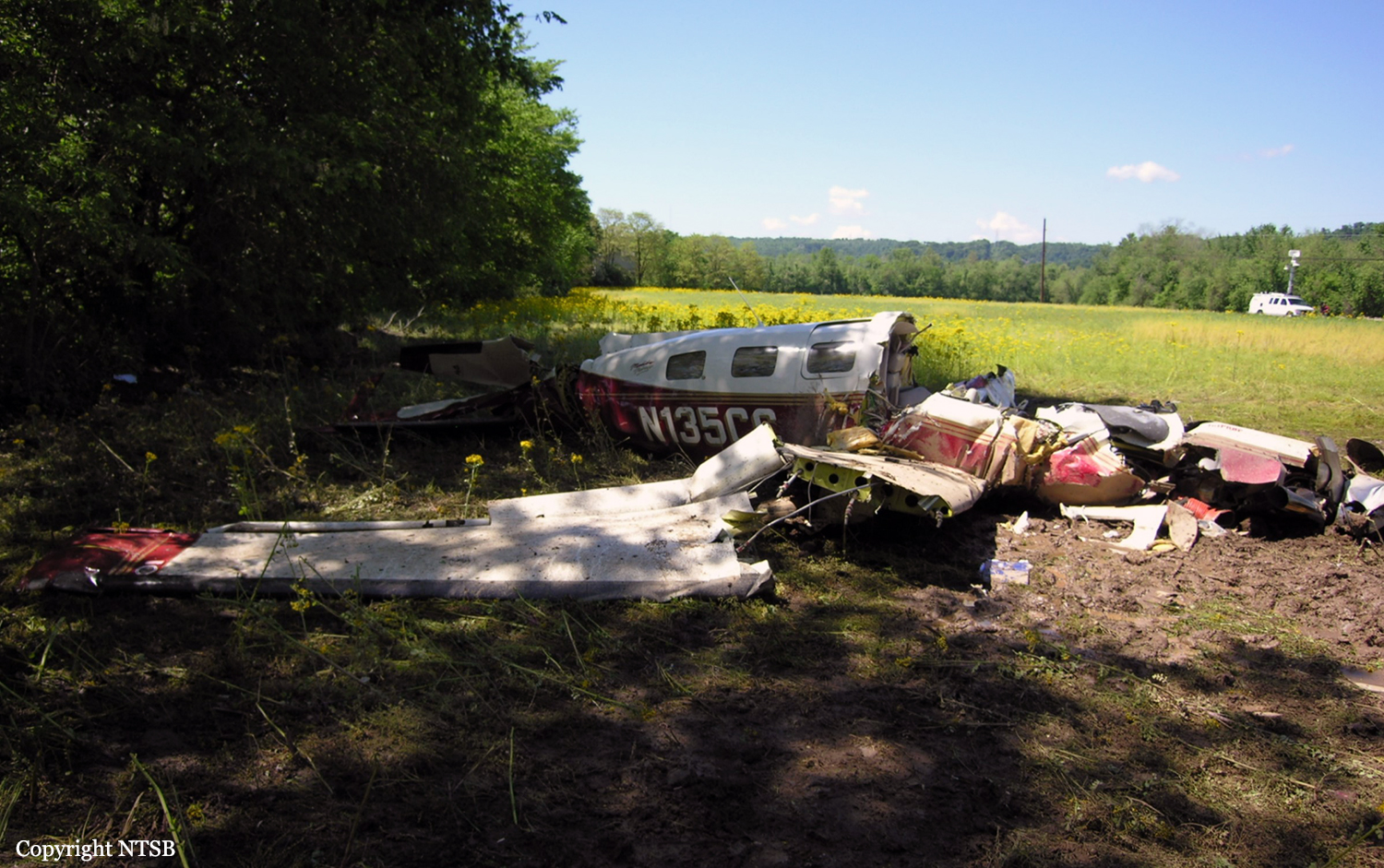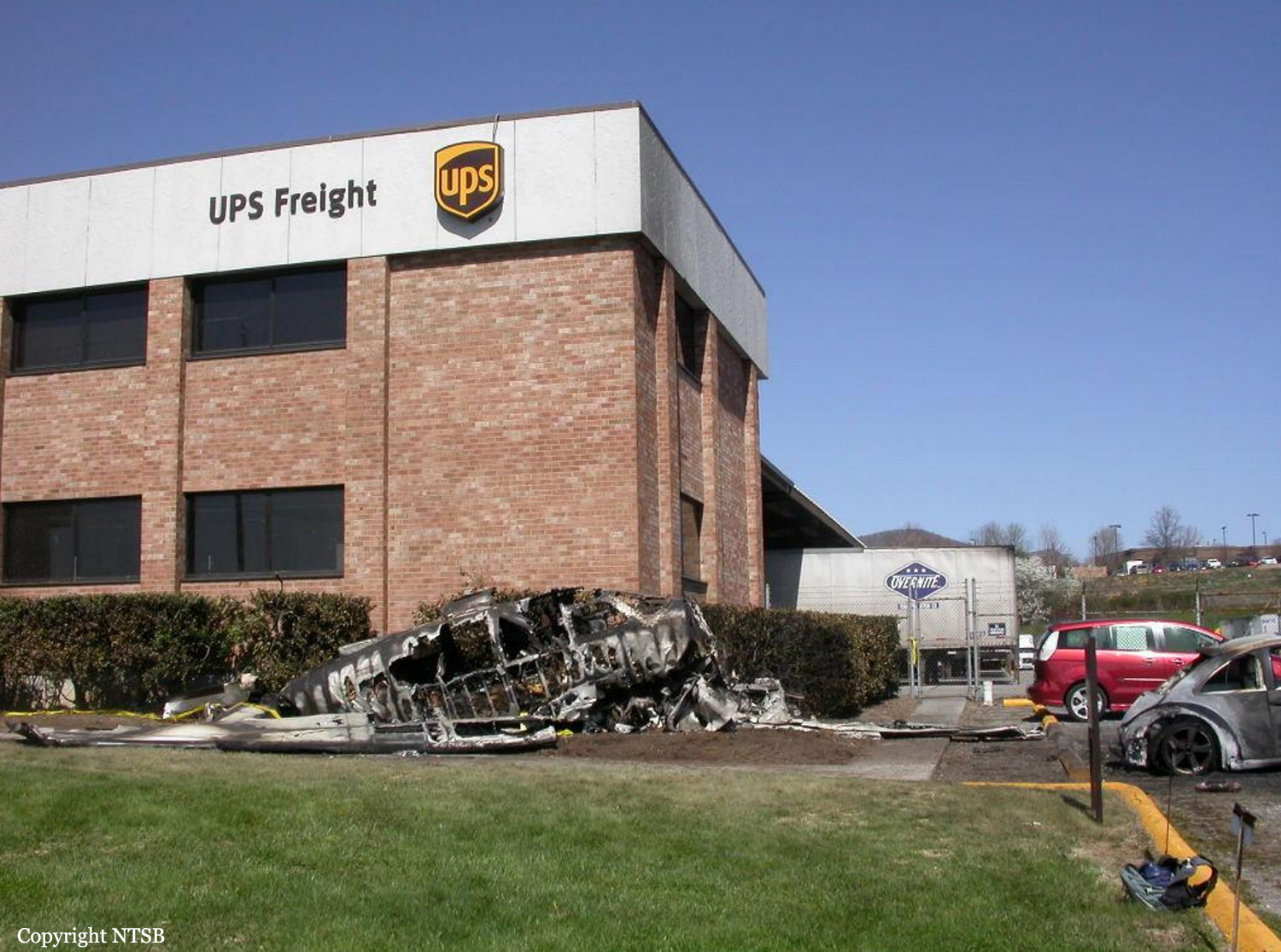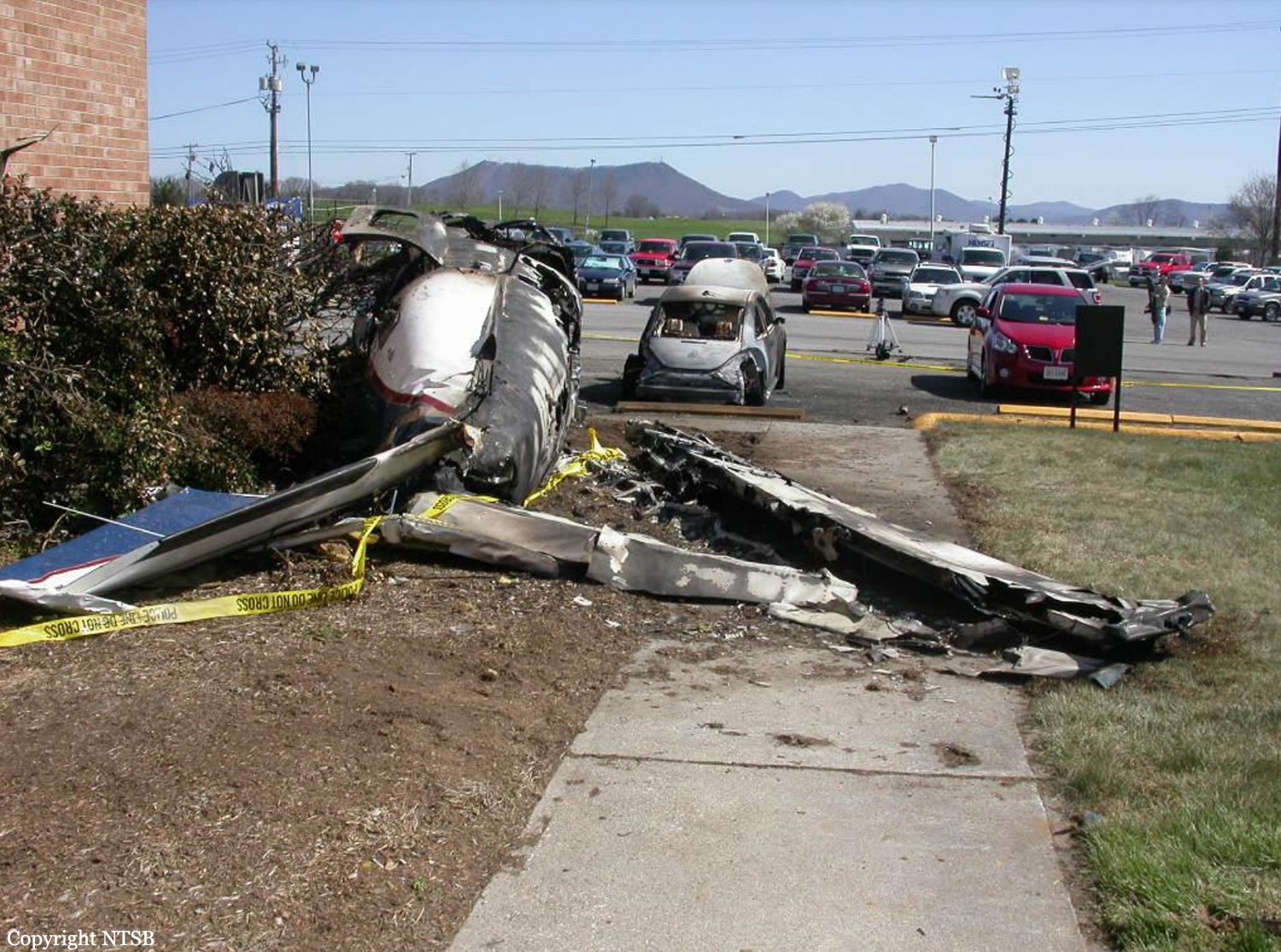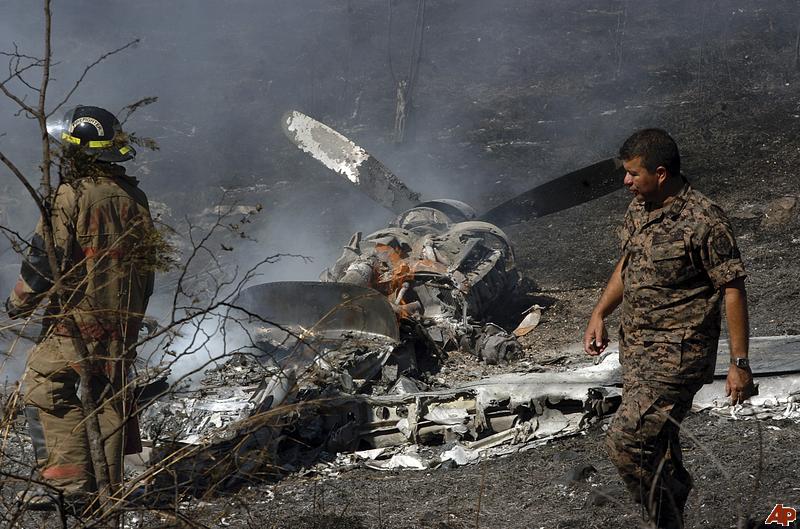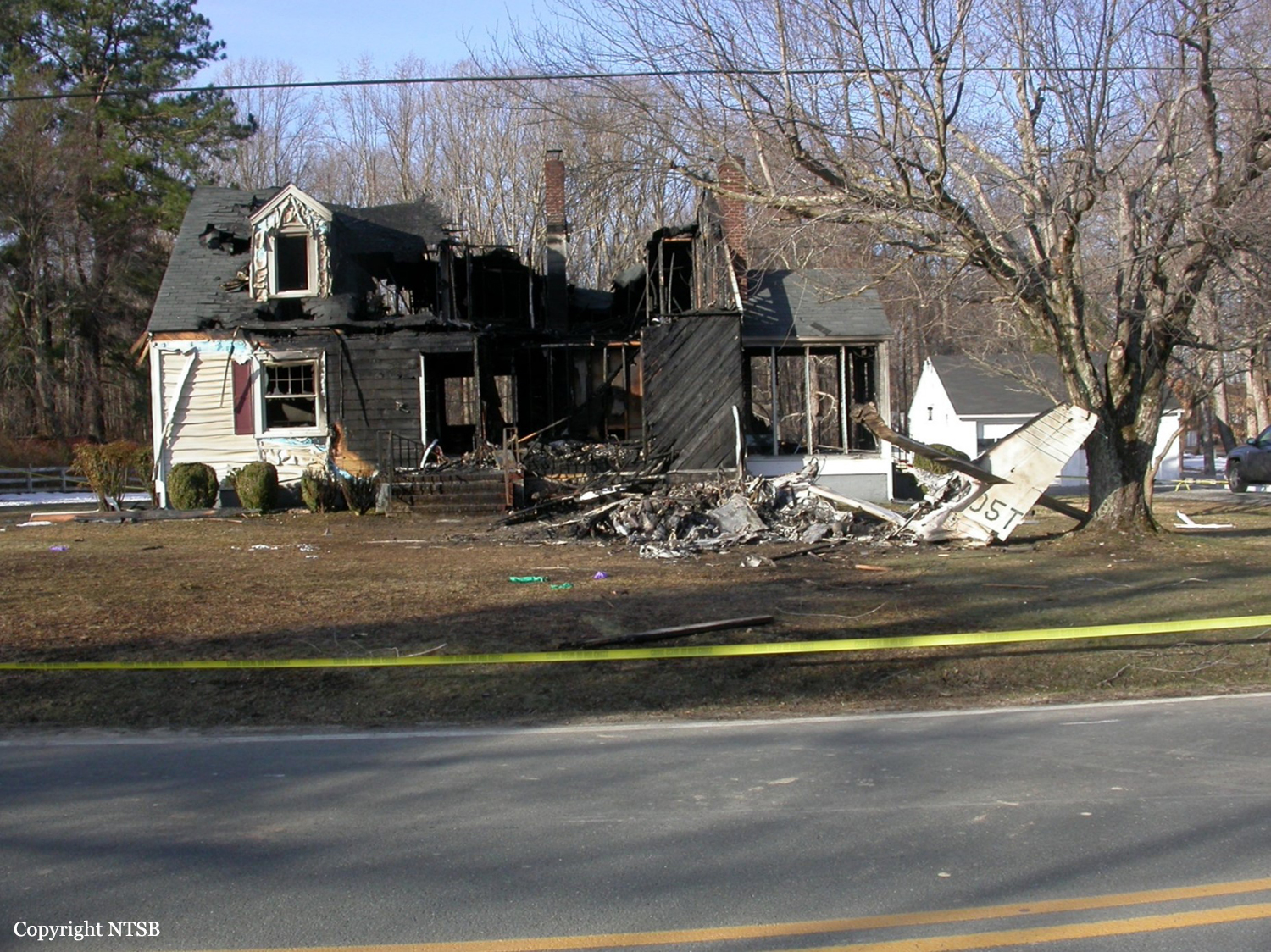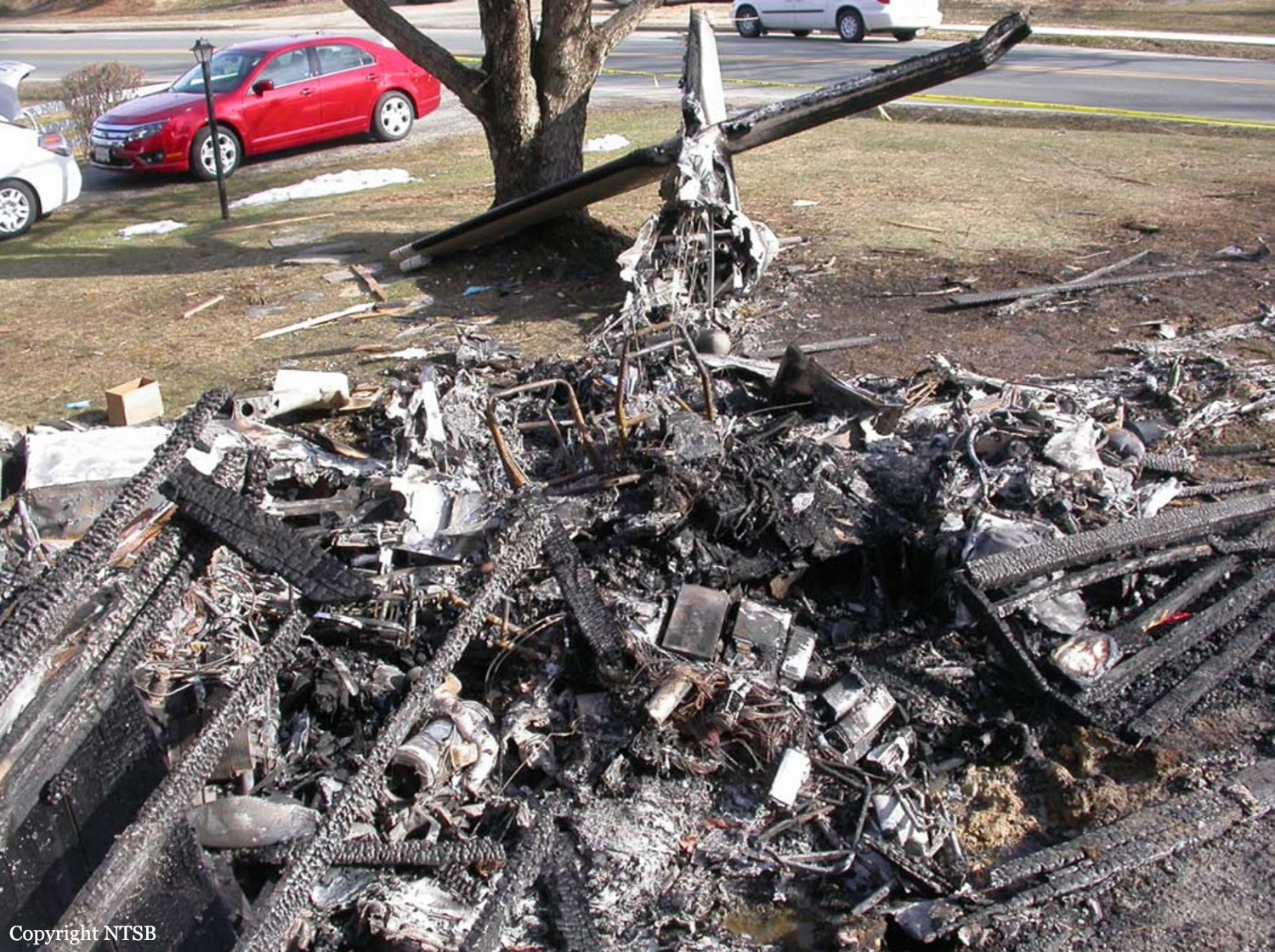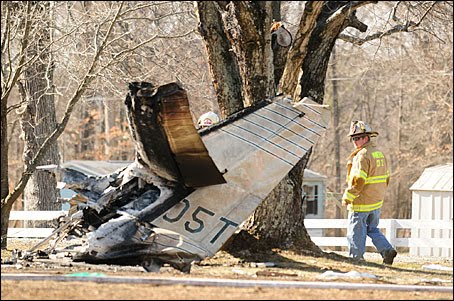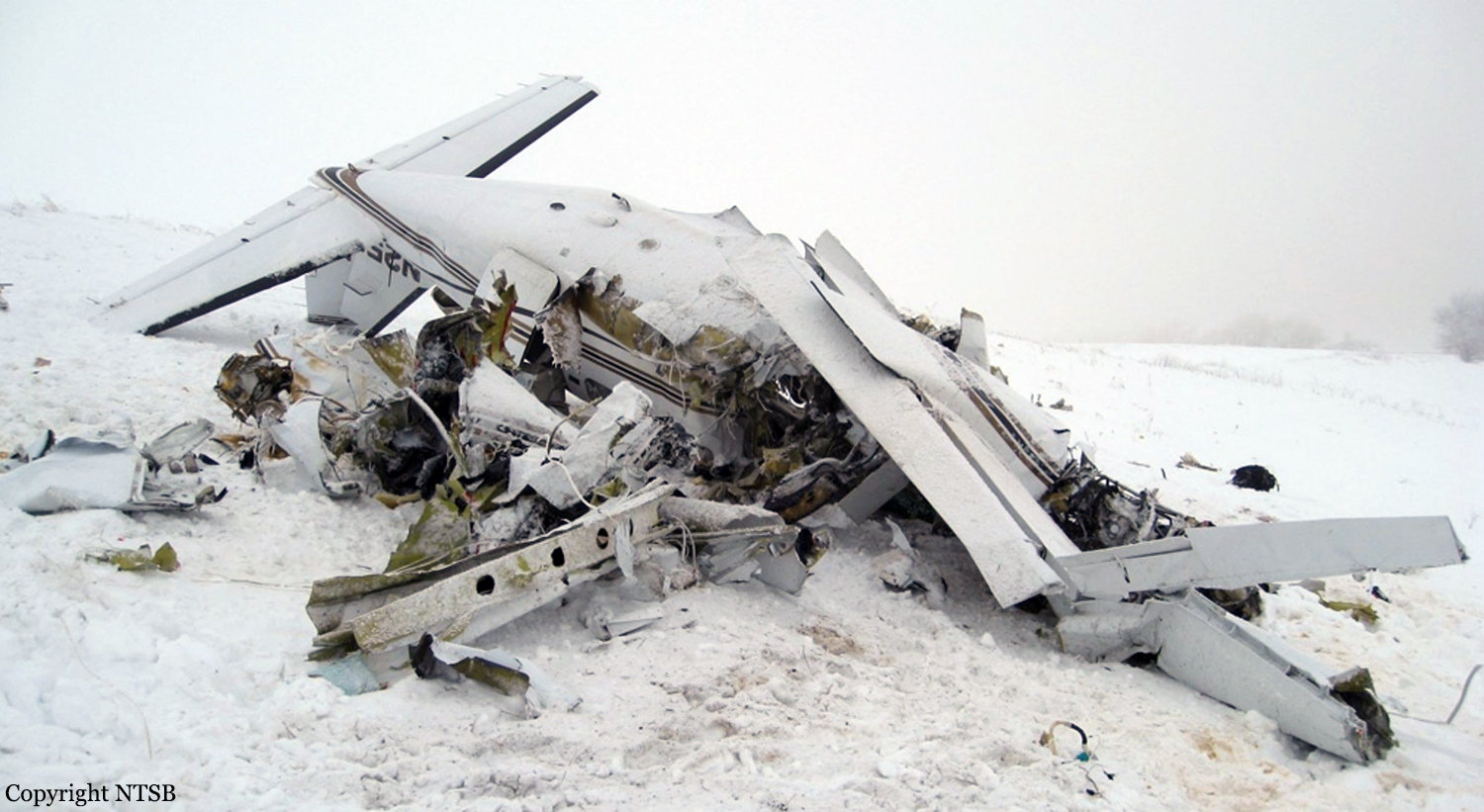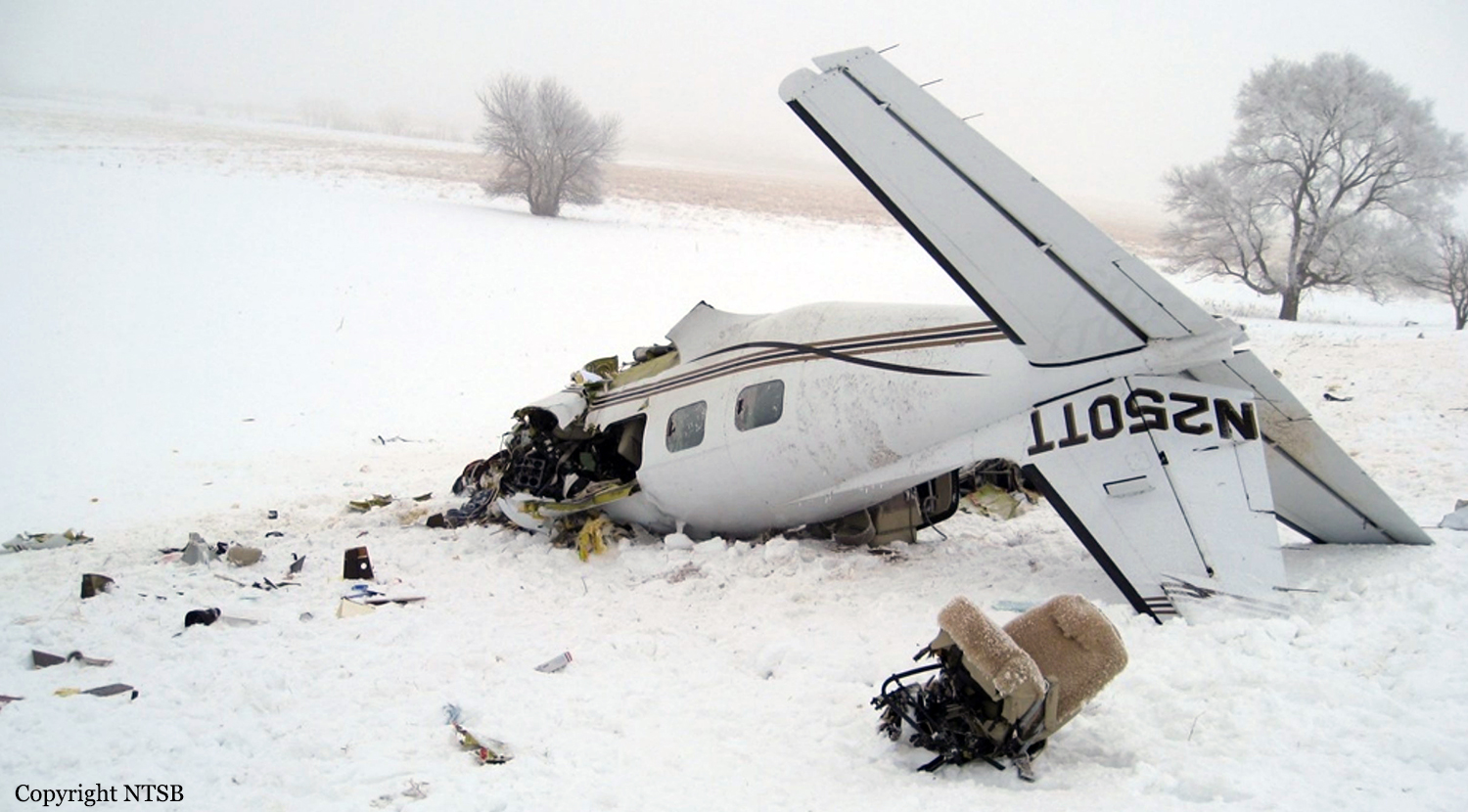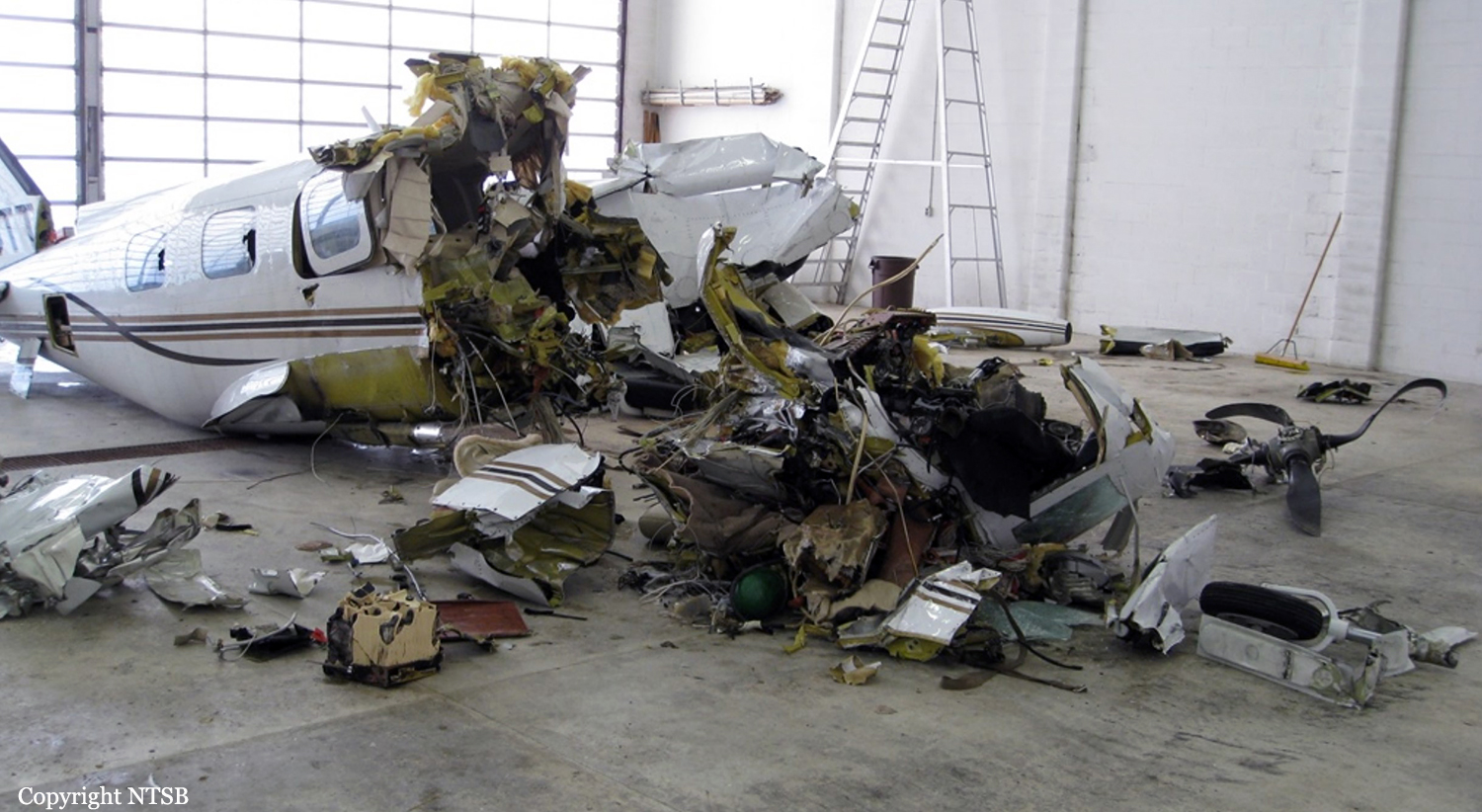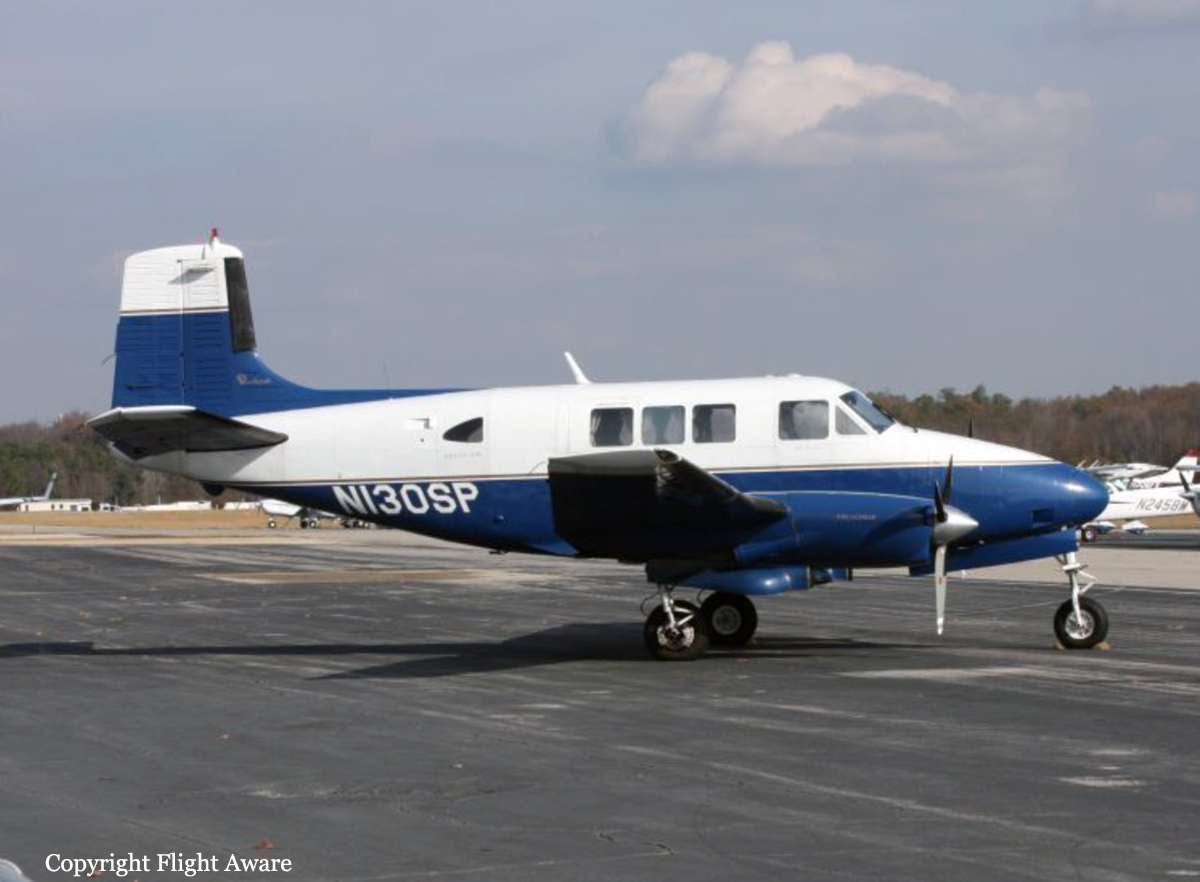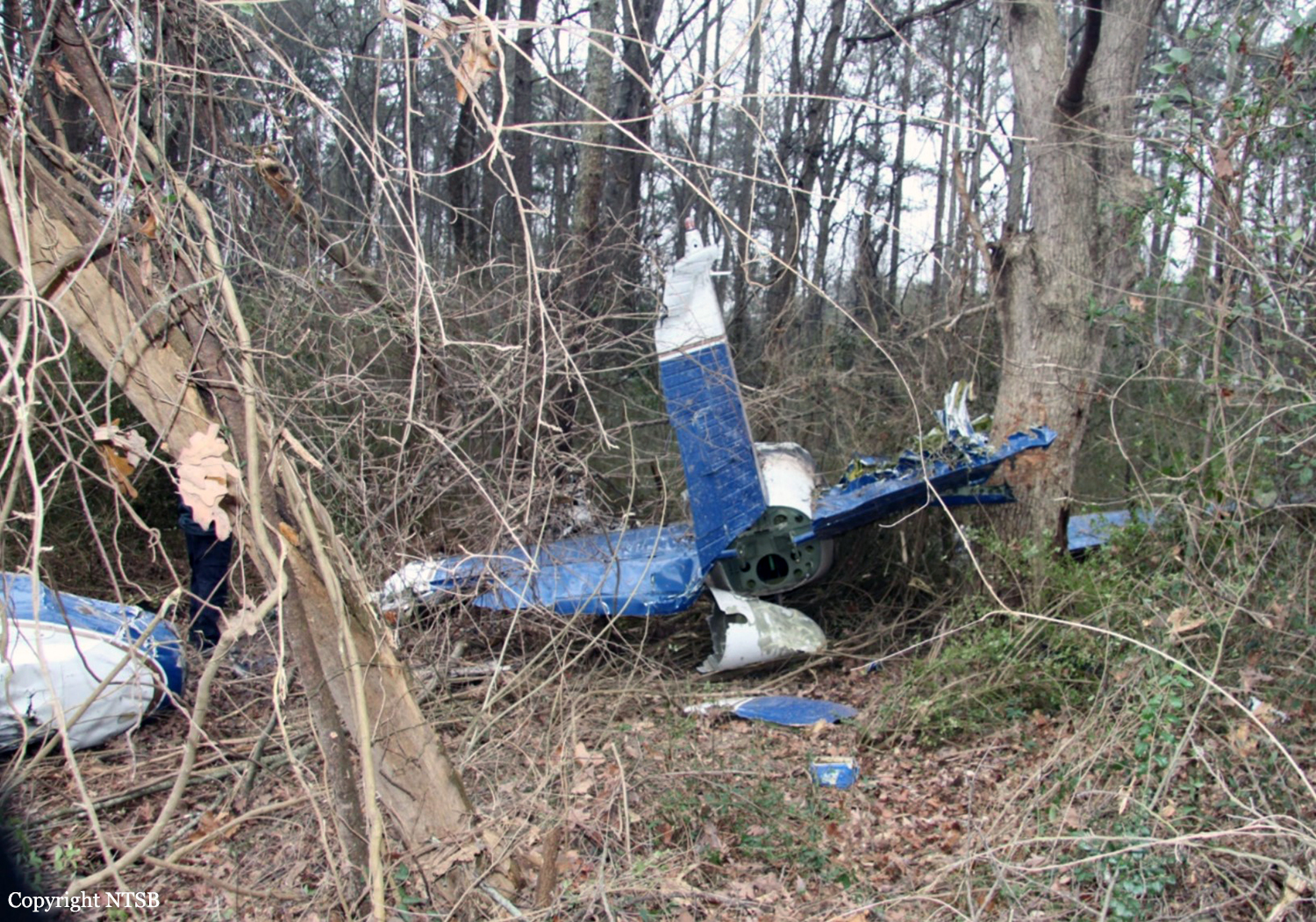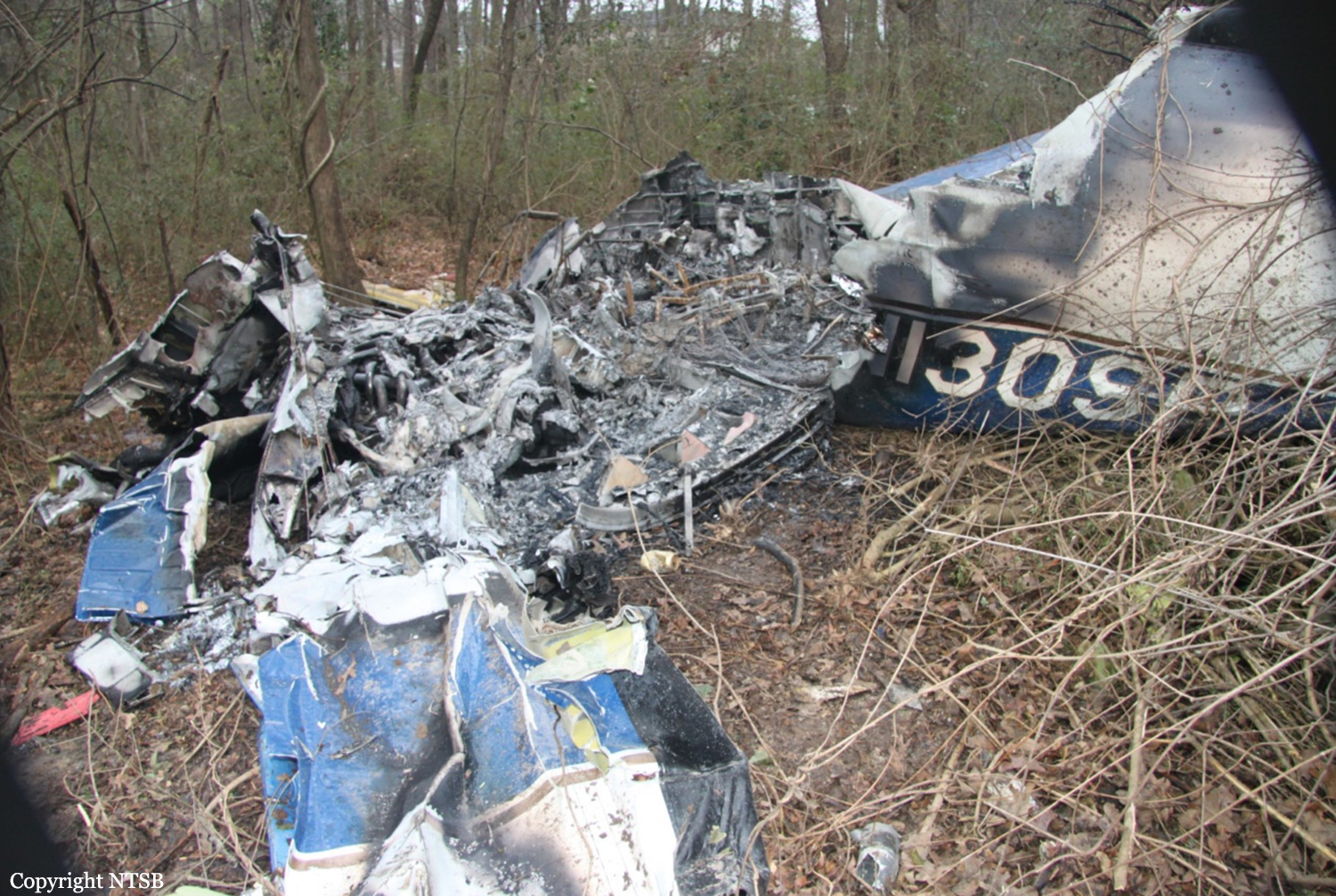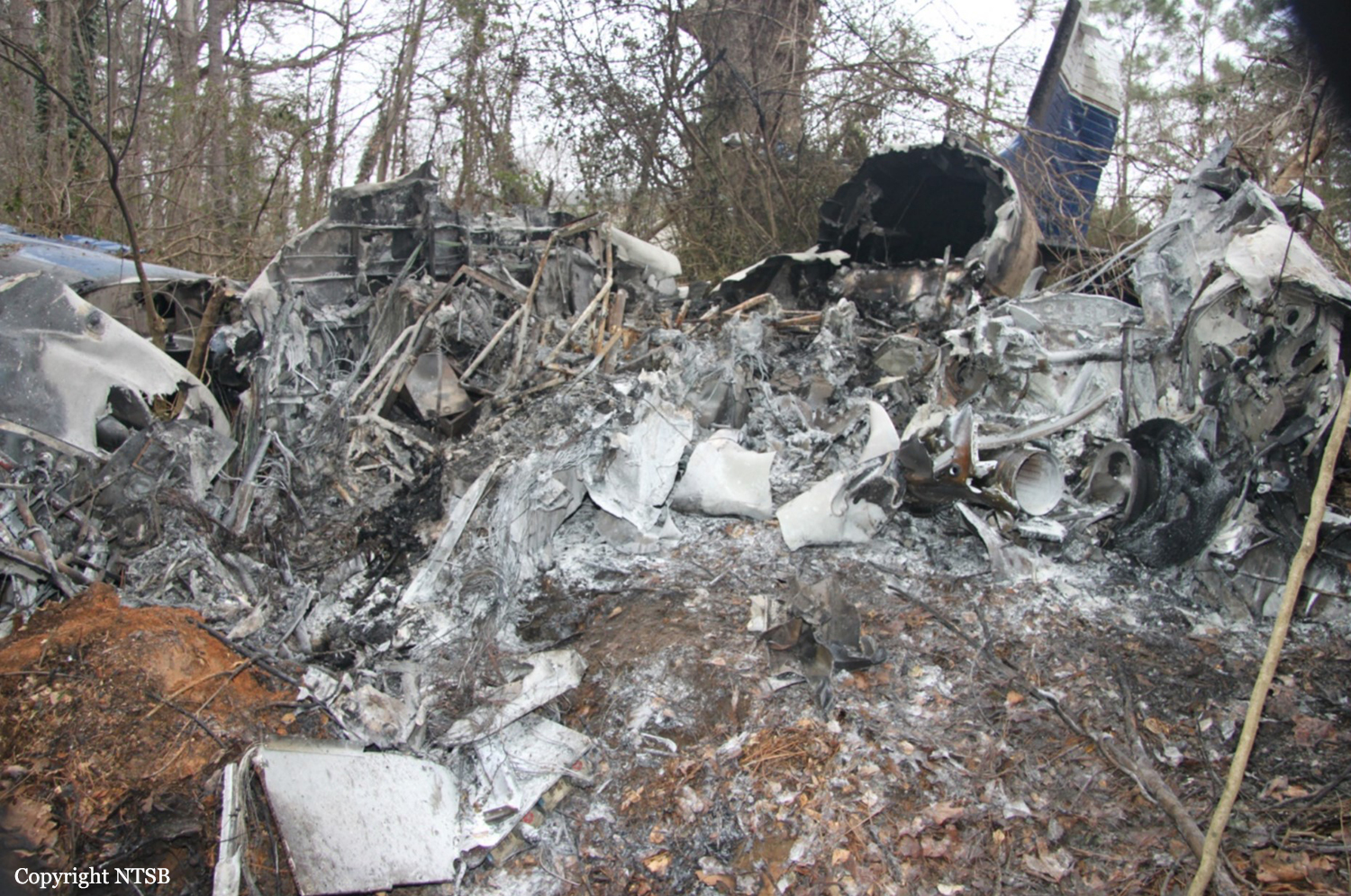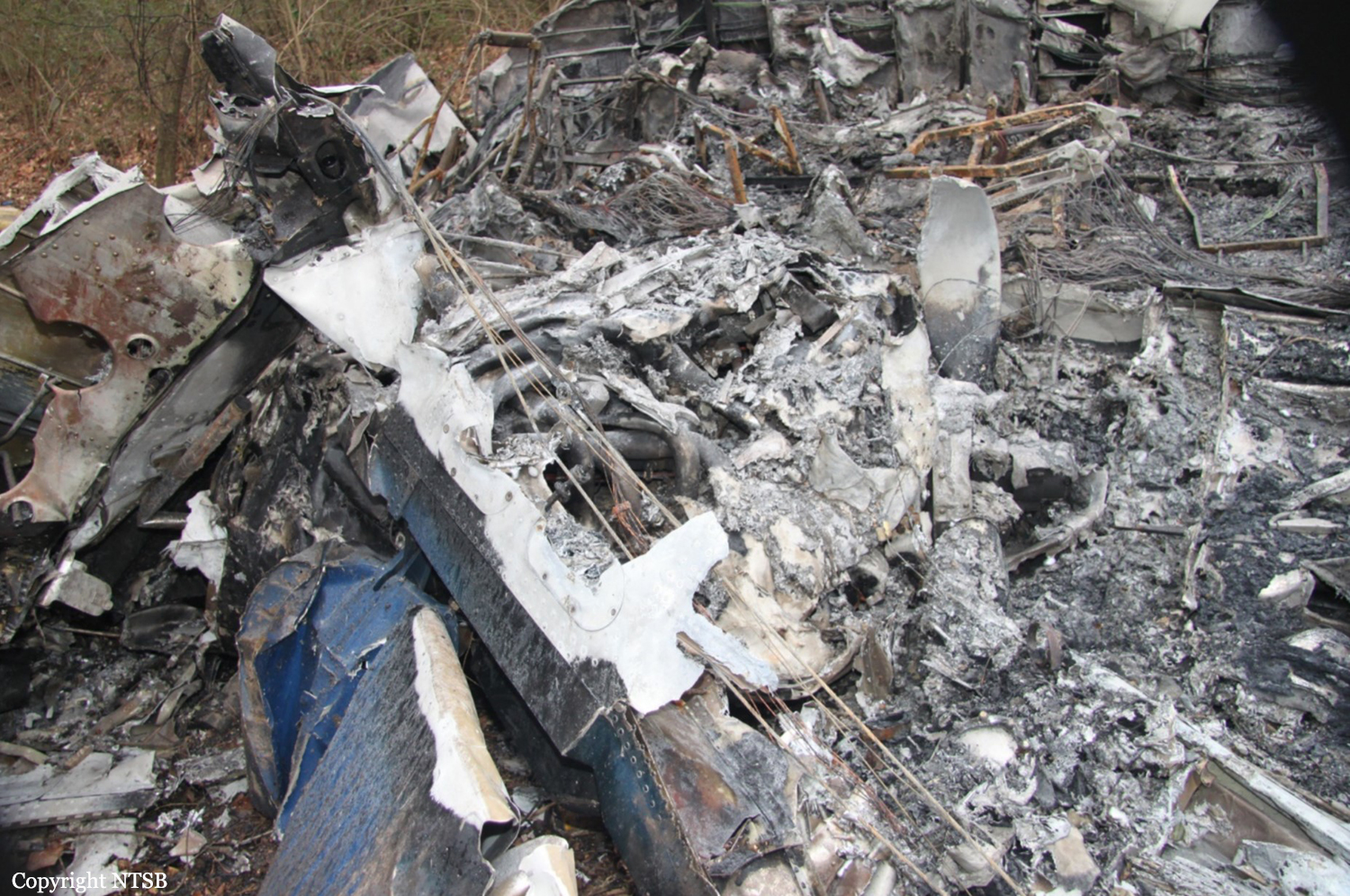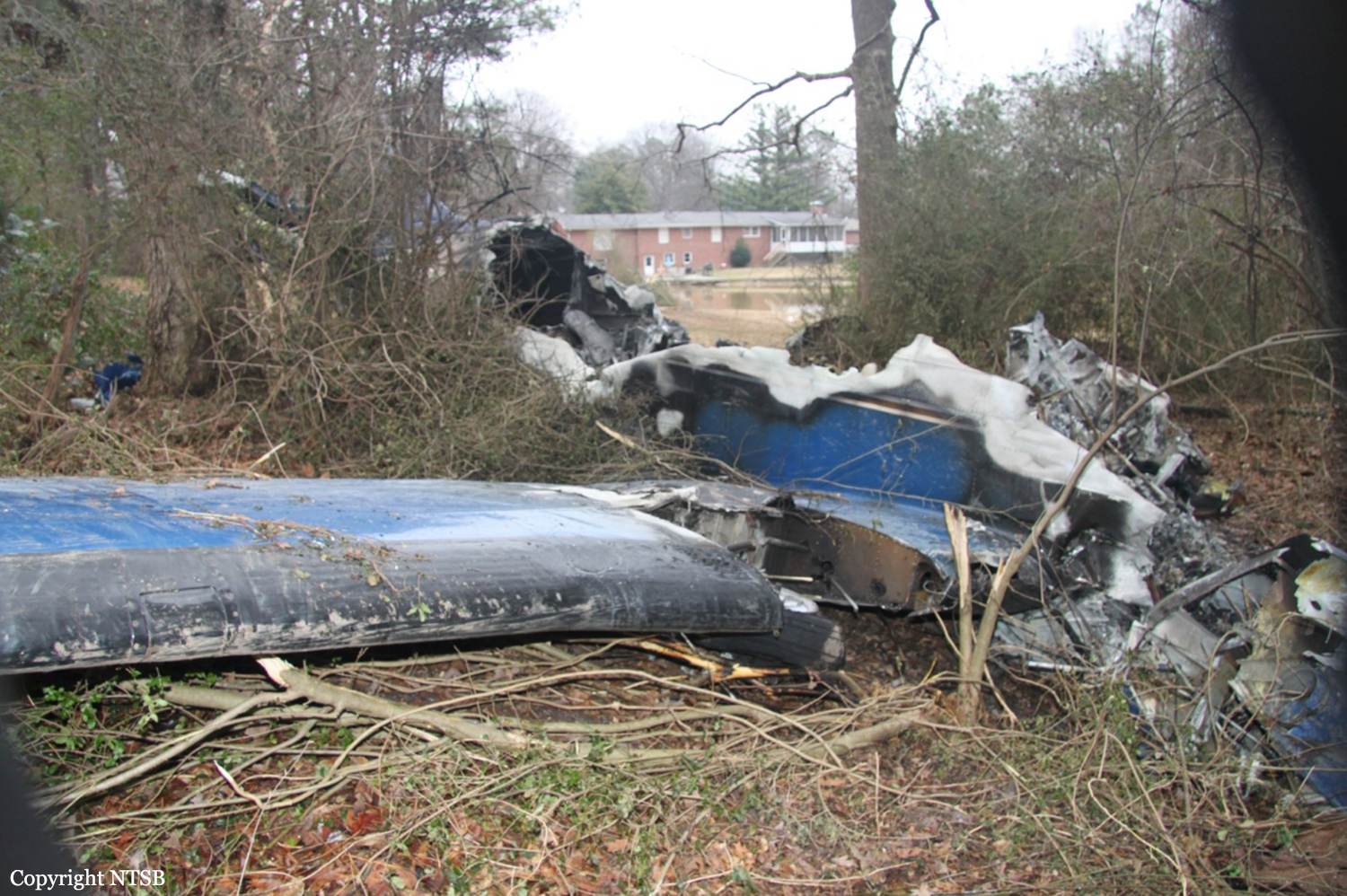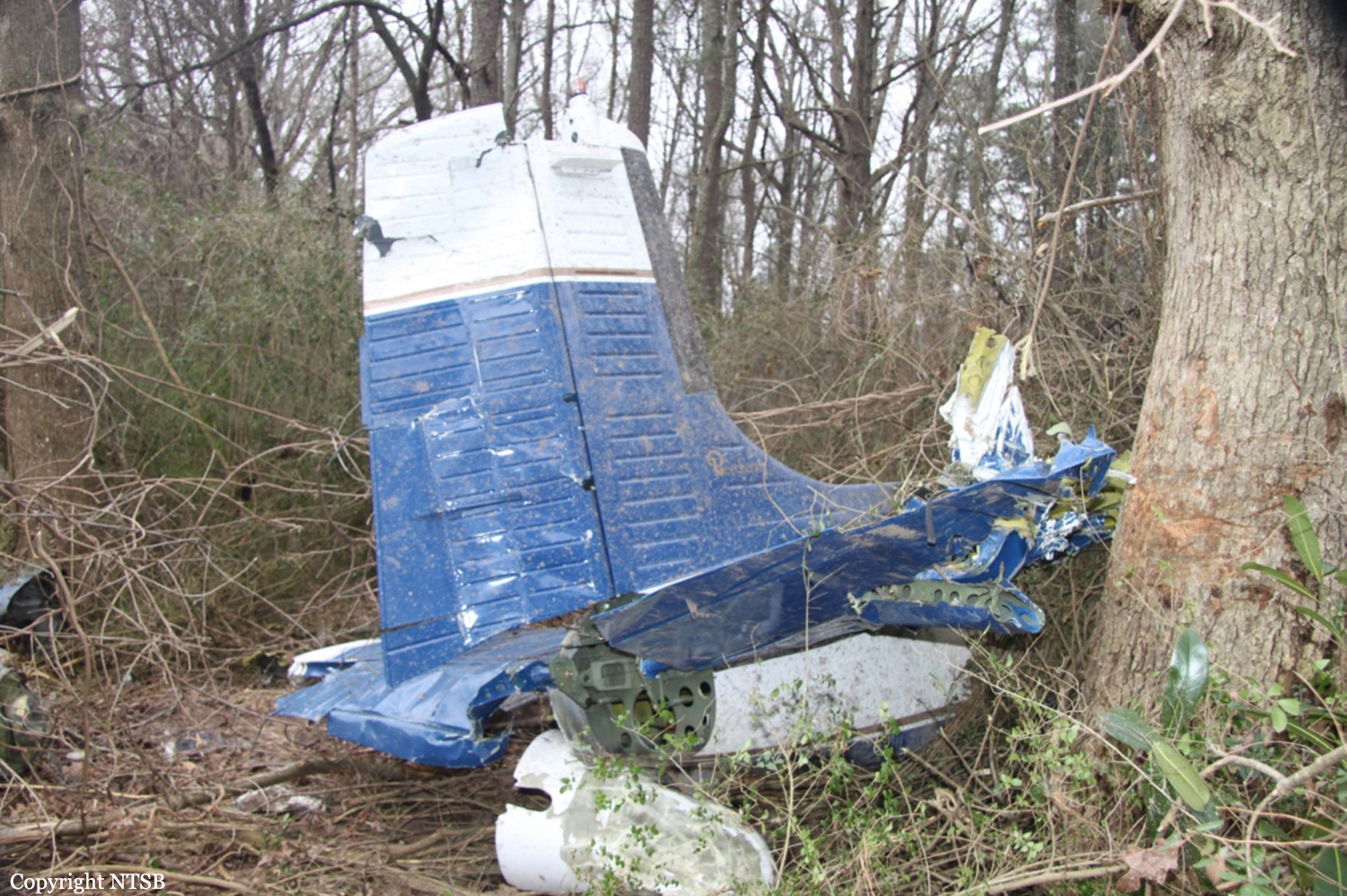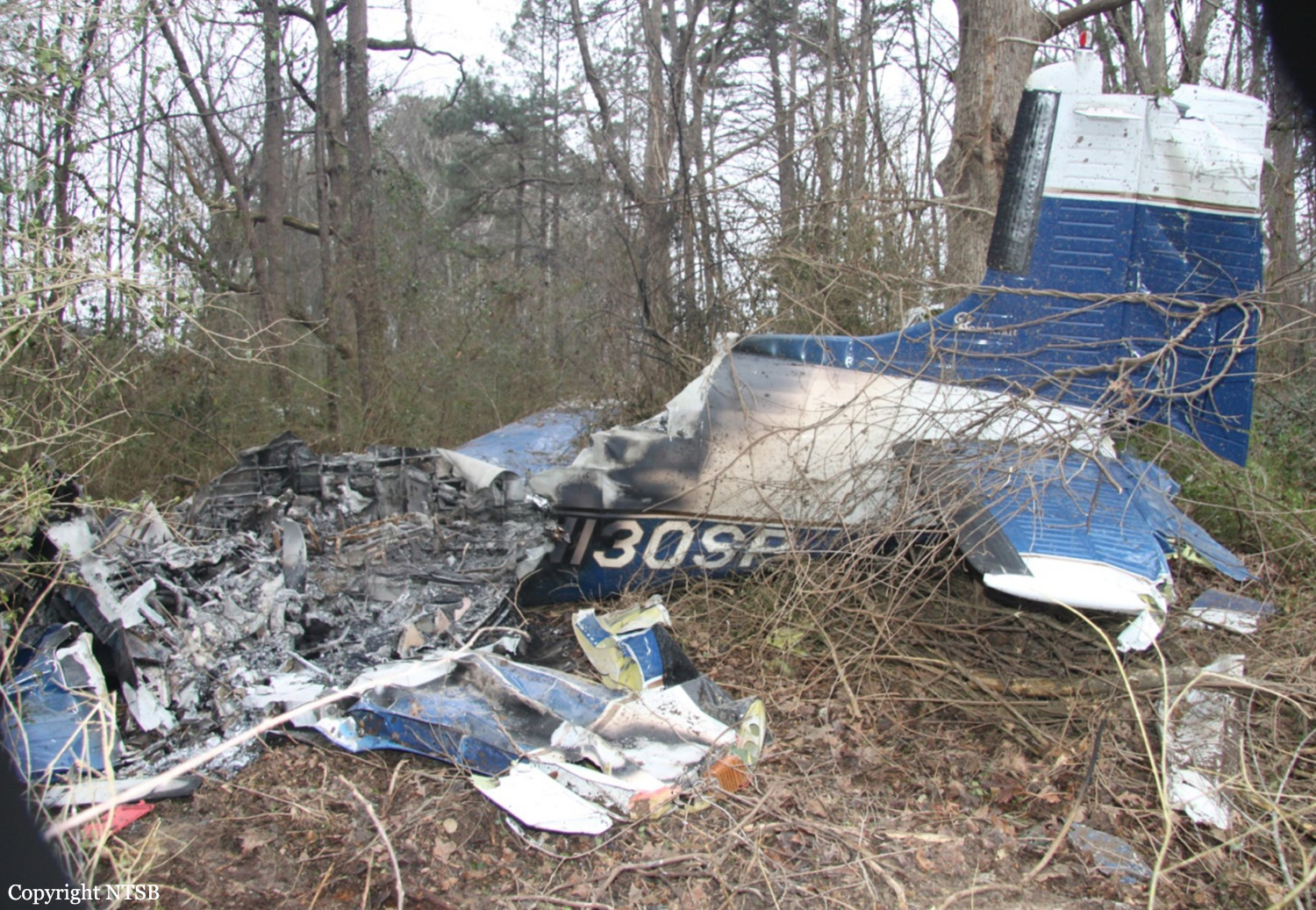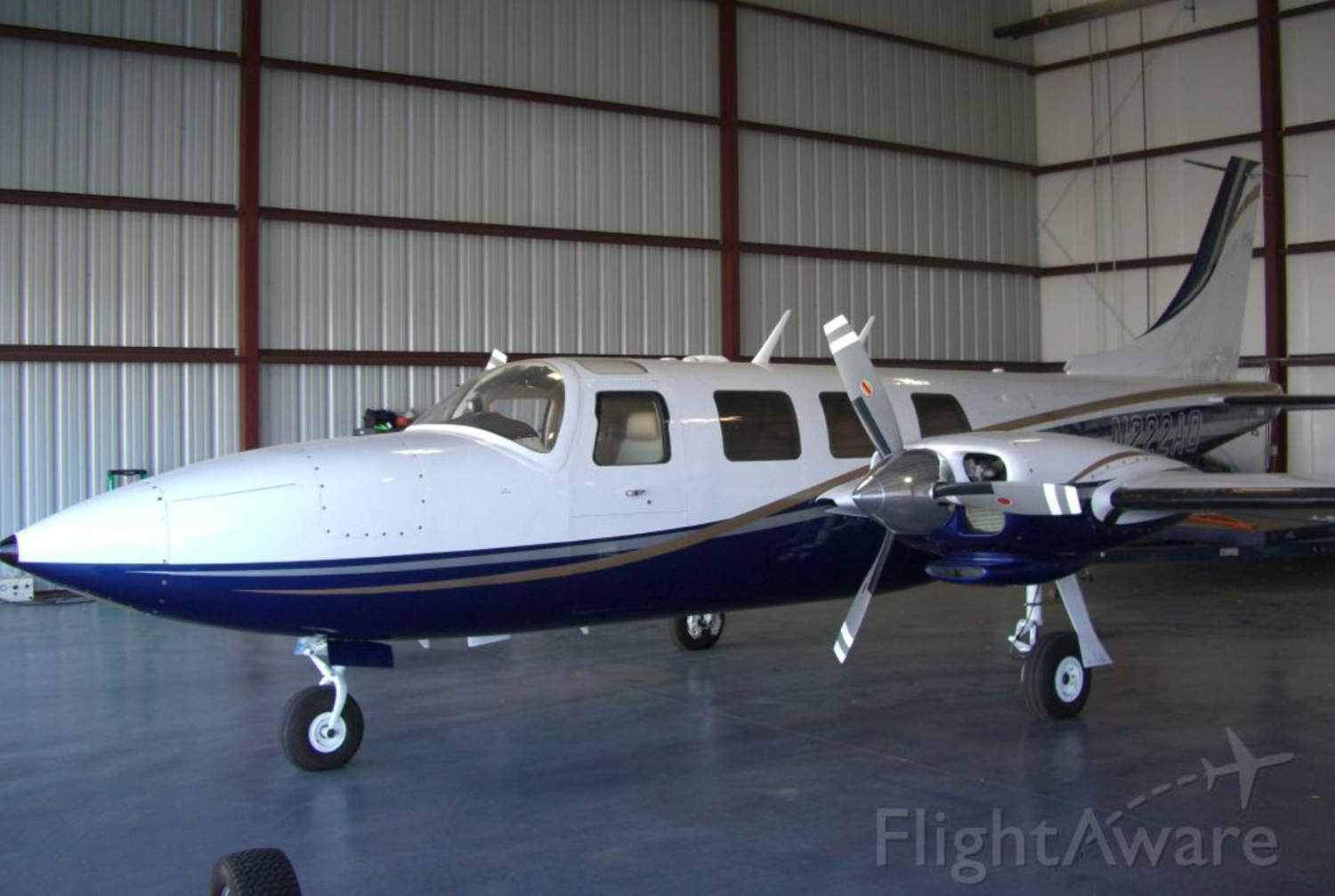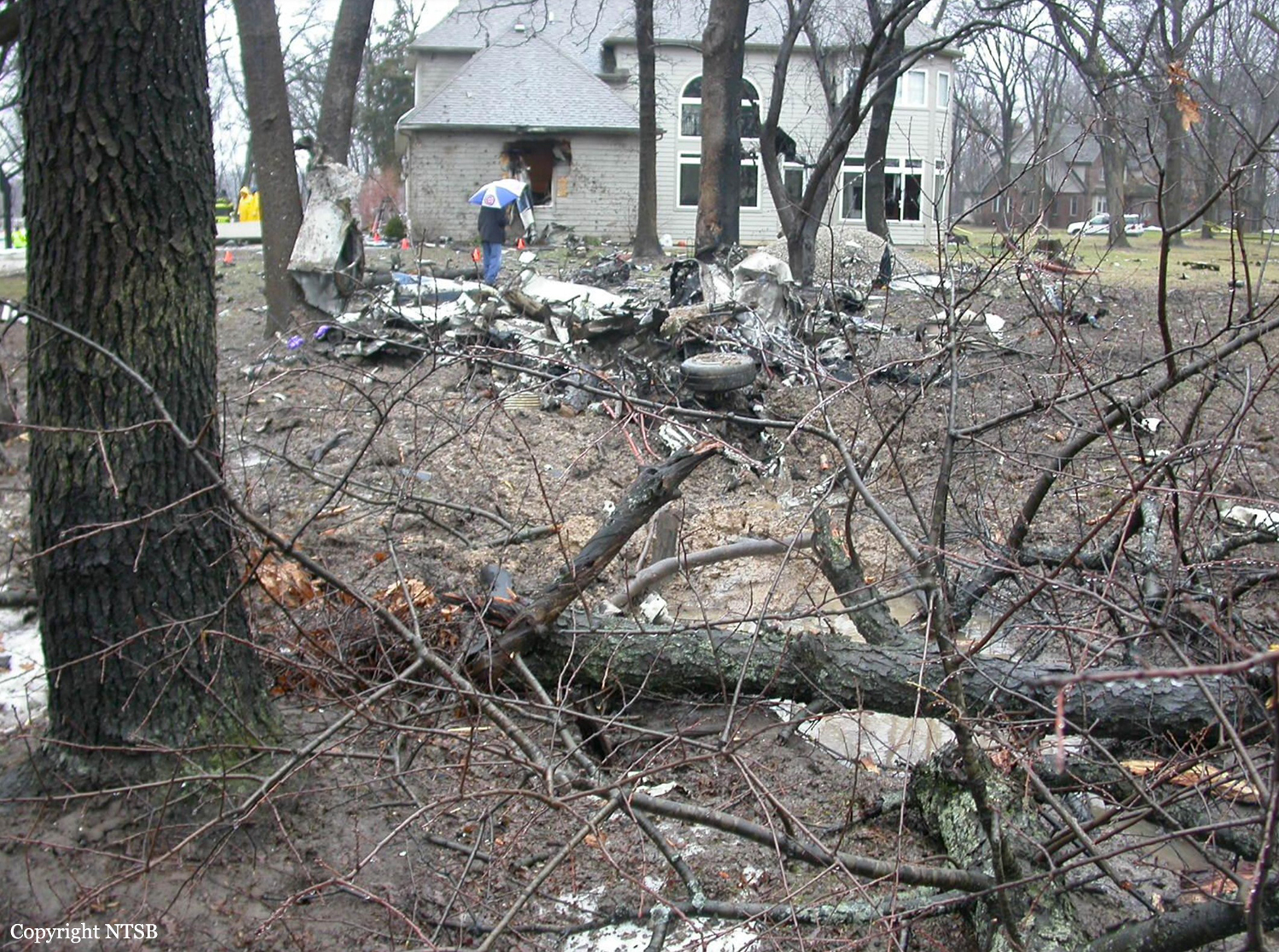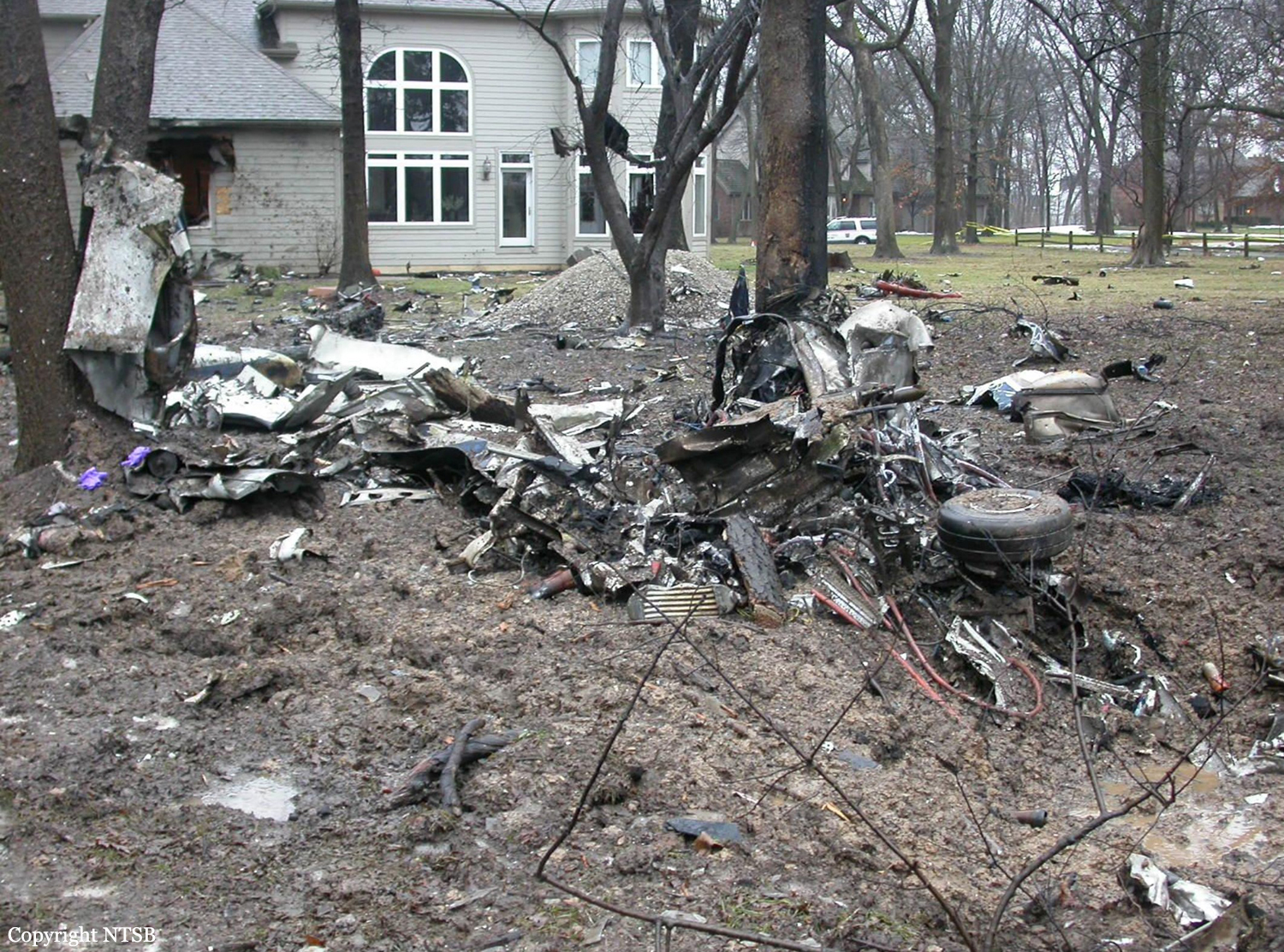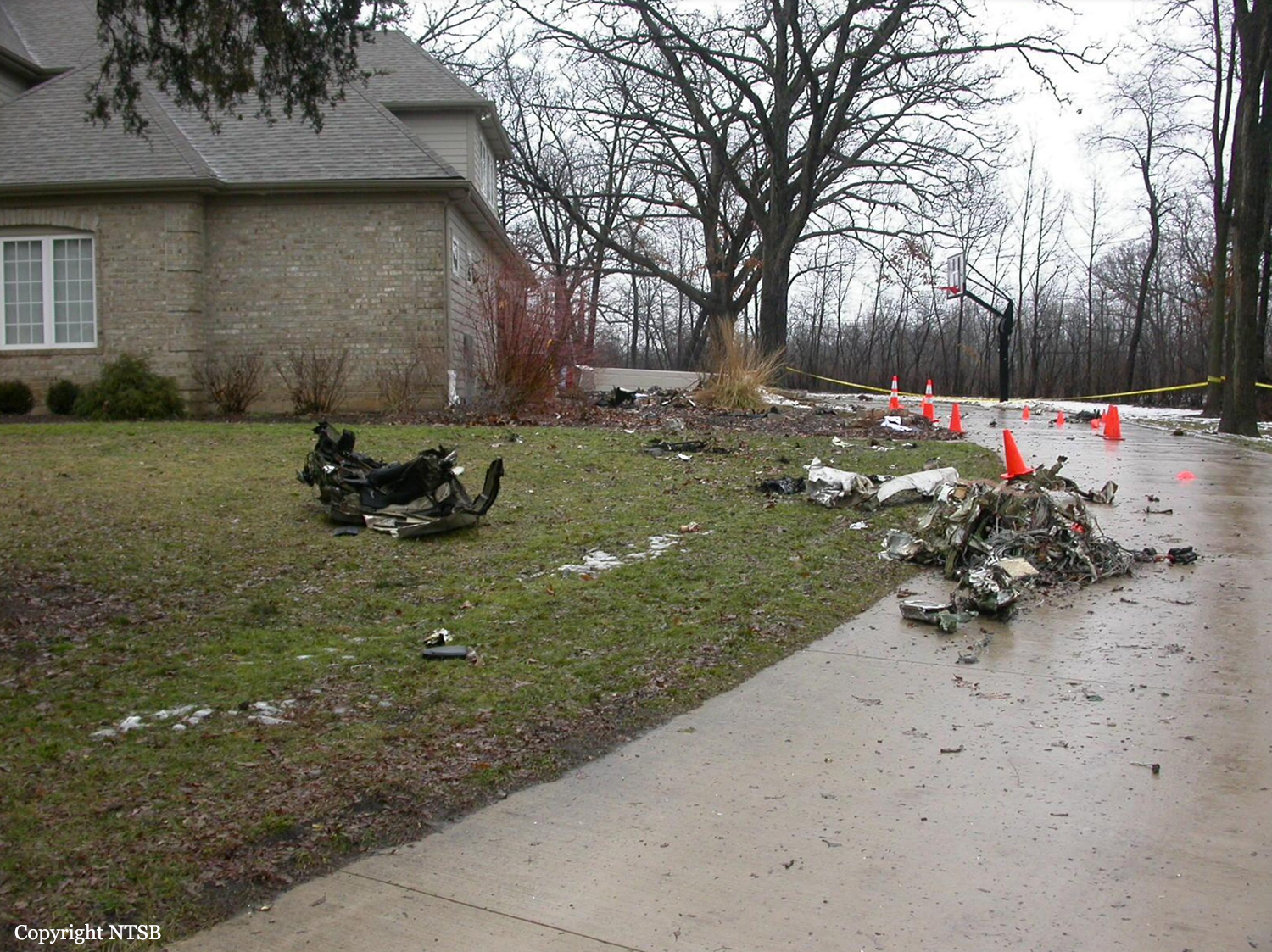Crash of a Piper PA-46-350P Malibu Mirage in Clearwater
Date & Time:
May 16, 2010 at 1013 LT
Registration:
XB-LTH
Survivors:
Yes
Schedule:
Clearwater – Port-au-Prince
MSN:
46-36428
YOM:
2007
Crew on board:
1
Crew fatalities:
Pax on board:
2
Pax fatalities:
Other fatalities:
Total fatalities:
0
Captain / Total hours on type:
23.00
Aircraft flight hours:
207
Circumstances:
The airplane was loaded more than 500 pounds (about 12 percent) over the certificated maximum gross weight. The airplane lifted off from the 3,500-foot-long runway about one-half to two-thirds down the length of the runway. The pilot retracted the airplane's landing gear and flaps before reaching the airplane manufacturer's recommended retraction speeds. The airplane was unable to gain sufficient altitude and subsequently impacted trees and a house located beyond the departure end of the runway. A postaccident examination of the wreckage and recorded non-volatile memory revealed no evidence of any preimpact mechanical abnormalities.
Probable cause:
The overweight condition of the airplane due to the pilot's inadequate preflight planning, resulting in the airplane's degraded climb performance. Contributing to the accident was the pilot's retraction of the flaps prior to reaching the manufacturer's recommended flap retraction speed.
Final Report:





